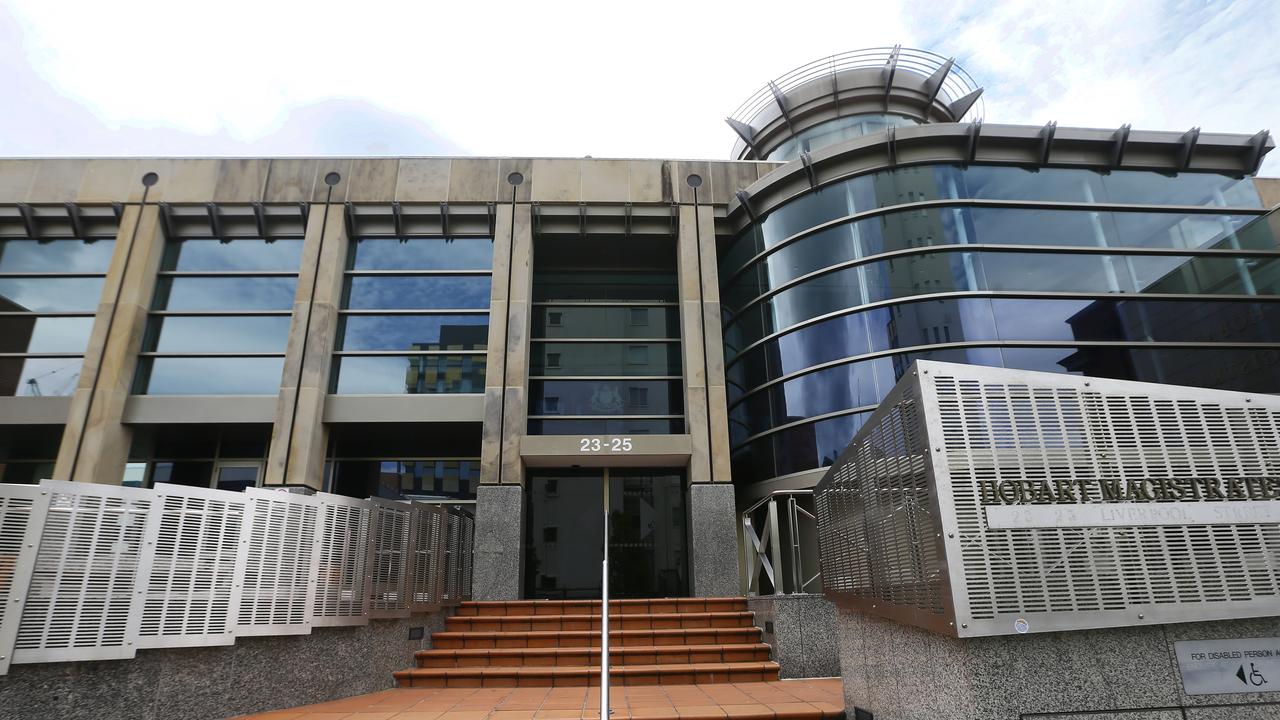Key dates in the decade-long Susan Neill-Fraser case
One of Tasmania’s most intriguing murder cases has taken it's latest step. Here’s a timeline of the Susan Neill-Fraser case since Bob Chappell was first reported missing in 2009.

A timeline of the case since Bob Chappell was reported missing.
January 27, 2009: Four Winds yacht is seen taking on water on the River Derwent near Marieville Esplanade and Bob Chappell, who owned the yacht with his partner Susan Neill-Fraser, is missing. Police said they were considering all possible scenarios, but initially were treating Mr Chappell’s disappearance “purely as a missing person case”.

January 28, 2009: Police say the damage to Four Winds was a “deliberate act of sabotage” and foul play could not be ruled out. Police also reveal items had been taken from the boat and small traces of blood had been found.
May 2009: Police cancel further diving searches for Mr Chappell’s body.
August 2009: Susan Blyth Neill-Fraser is charged with murder. She pleads not guilty to the charge in the Hobart Magistrates Court.

October 15, 2010: At the end of a four-week trial in the Supreme Court in Hobart, Neill-Fraser is found guilty of Mr Chappell’s murder. It took the jury more than 18 hours of deliberation to reach its unanimous verdict. The prosecution case was that Neill-Fraser killed Mr Chappell on board Four Winds on Australia Day in 2009.

October 27, 2010: Justice Alan Blow sentences Neill-Fraser to 26 years’ jail, with a non-parole period of 18 years, describing her as a clever and cool-headed woman who concocted a plan “long ago” to kill Mr Chappell. Outside the court, Neill-Fraser’s daughter Sarah Bowles read a statement written by Neill-Fraser in which she maintained her innocence and said she “loved Bob deeply”.
November 2010: Neill-Fraser lodges an appeal with the Supreme Court against her conviction and sentence, claiming the trial judge made multiple mistakes.
March 6, 2012: The Court of Criminal Appeal dismisses Neill-Fraser’s appeal against conviction. Her sentence is reduced to 23 years with a 13-year non-parole period.
September 2012: Neill-Fraser loses her bid to appeal against her conviction in the High Court.
January 17, 2014: Coroner Glenn Hay accepts and finds Mr Chappell was murdered by Neill-Fraser.
November 2, 2015: A section is inserted into the Criminal Code that allows Neill-Fraser to lodge a second appeal against conviction. An appeal under the section is only permitted if there is fresh and compelling evidence.

February 2016: Neill-Fraser lodges appeal papers with the Supreme Court in Hobart under right-to-appeal legislation that was introduced in Tasmania in 2015. Under the laws, she must prove she has “fresh and compelling” evidence. Neill-Fraser’s application for an appeal returns to court on many occasions during 2016, 2017 and 2018. Retired Victorian detective turned author Colin McLaren was the final witness to take the stand during the application.
March 14, 2019: Neill-Fraser’s legal team asks to provide two further affidavits to support Neill-Fraser’s appeal bid.
March 21, 2019: Neill-Fraser wins landmark decision that allows her to appeal her murder conviction for a second time. Justice Michael Brett said he was satisfied there was a reasonable case and it was the interest of justice that leave for an appeal be granted.
August 2, 2019: Neill-Fraser’s notice of appeal is lodged with the Supreme Court in Hobart. A hearing date is yet to be set.


